Reasons African Violets Are Leggy: Fixing Leggy African Violets
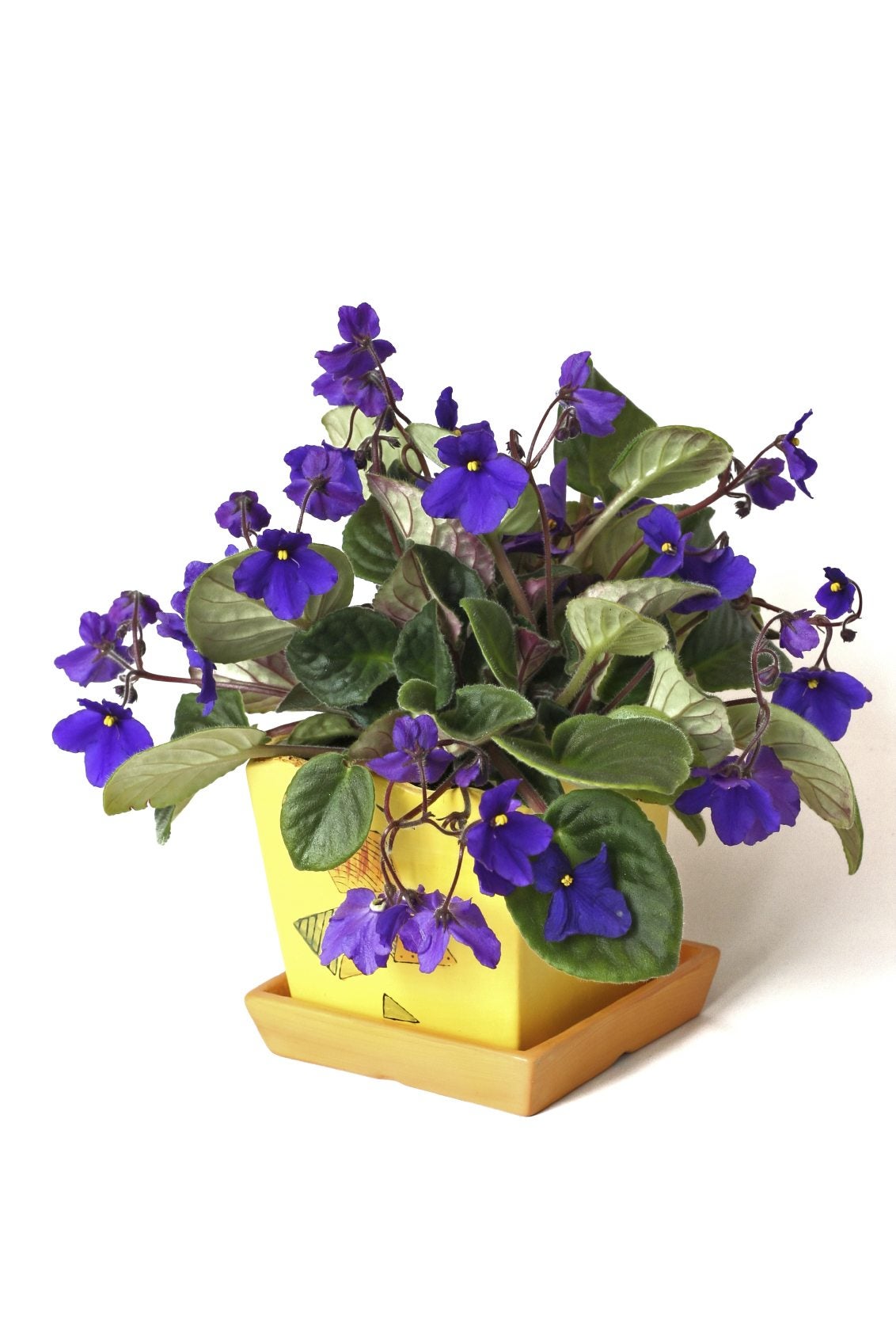

Most plants start out cute and little in garden centers and nurseries. They can even remain that way for a long time when we get them home. Just as age changes our bodies, age can change a plant’s shape and structure as well. For instance, with age, African violets can develop long bare necks between the soil line and their lower leaves. Continue reading to learn what you can do when African violets are leggy like this.
Why Do African Violets Get Leggy?
New growth on African violets grows from the plant tip. As new growth grows from the top spending much of the plant’s energy, the old leaves at the bottom of the plant die back. After a time, this can leave you with long-necked African violet plants. The leaves of African violets do not like to be wet. African violets should be planted in a well-draining soil mix and water right at the soil. African violets are susceptible to rot, molds, and fungus if water is allowed to pool on the foliage or around the crown. This can cause leggy African violets also.
What to Do When African Violet Stems are too Long
When an African violet is young, you can prolong its beauty by giving it African violet food, keeping its foliage clean and dry, and up potting it about once a year. When potting it up, only use a slightly bigger pot, cut away any dead lower leaves, and plant it slightly deeper than it was before to bury any long neck it may be developing. A similar method of repotting can be done for long-necked African violet plants that have up to an inch (2.5 cm.) of bare stem. Remove the plant from the pot and cut off any dead or damaged bottom foliage. Then, with a knife, gently scrape away the top layer of the bare stem, exposing the inner cambium layer. Exposure of this cambium layer promotes growth. Lightly dust the scraped long neck with rooting hormone, then plant the African violet deeply enough so that the neck is under the soil and the foliage is just above the soil line. If the African violet stem is bare and leggy more than an inch (2.5 cm.), the best method of saving it is cutting the plant off at the soil level and re-rooting it. Fill a pot with a well-draining soil mix and cut the African violet stems at the soil level. Remove any dead or sickly foliage. Scrape or score the stem end to be planted and dust it with rooting hormone. Then plant the African violet cutting in its new pot.
Gardening tips, videos, info and more delivered right to your inbox!
Sign up for the Gardening Know How newsletter today and receive a free copy of our e-book "How to Grow Delicious Tomatoes".
-
 Grow ‘Karl Rosenfield’ Peony Plants For The Ultimate Frilly Border Beauties And Cut Flowers
Grow ‘Karl Rosenfield’ Peony Plants For The Ultimate Frilly Border Beauties And Cut FlowersFor frilly double magenta peony petals infused with a heady fragrance, grow ‘Karl Rosenfield’ peony plants. Here’s how to cultivate the ultimate plushy blooms
By Tonya Barnett
-
 10 Common Composting Problems That Can Spoil Your Garden Gold – Plus Easy Fixes
10 Common Composting Problems That Can Spoil Your Garden Gold – Plus Easy FixesLearn how to troubleshoot common composting issues before they ruin your stash – from bad smells and bugs to materials not breaking down as they should.
By Susan Albert
-
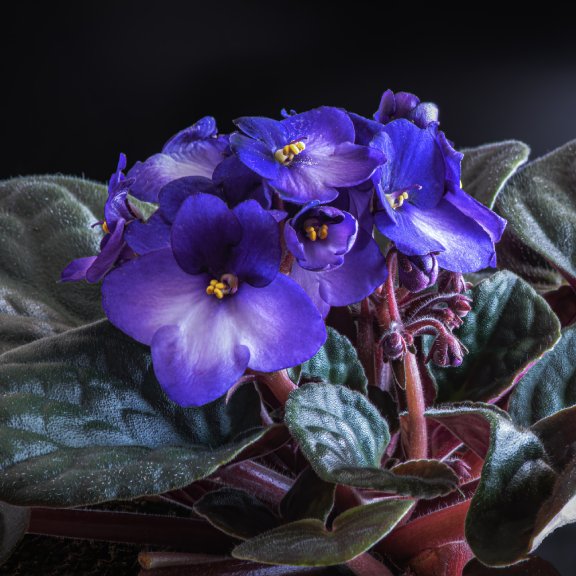 African Violets: Complete Care And Growing Guide
African Violets: Complete Care And Growing GuideFor people who love these sweet plants, African violet care is easy and fun. Knowing what they need is the key.
By Mary Ellen Ellis
-
 What Are Episcia Plants – Learn About Caring For Episcia Varieties
What Are Episcia Plants – Learn About Caring For Episcia VarietiesGrowing Episcia plants adds eye catching appeal to household décor. These colorful houseplants can test the hand of the most experienced green thumb.
By Laura Miller
-
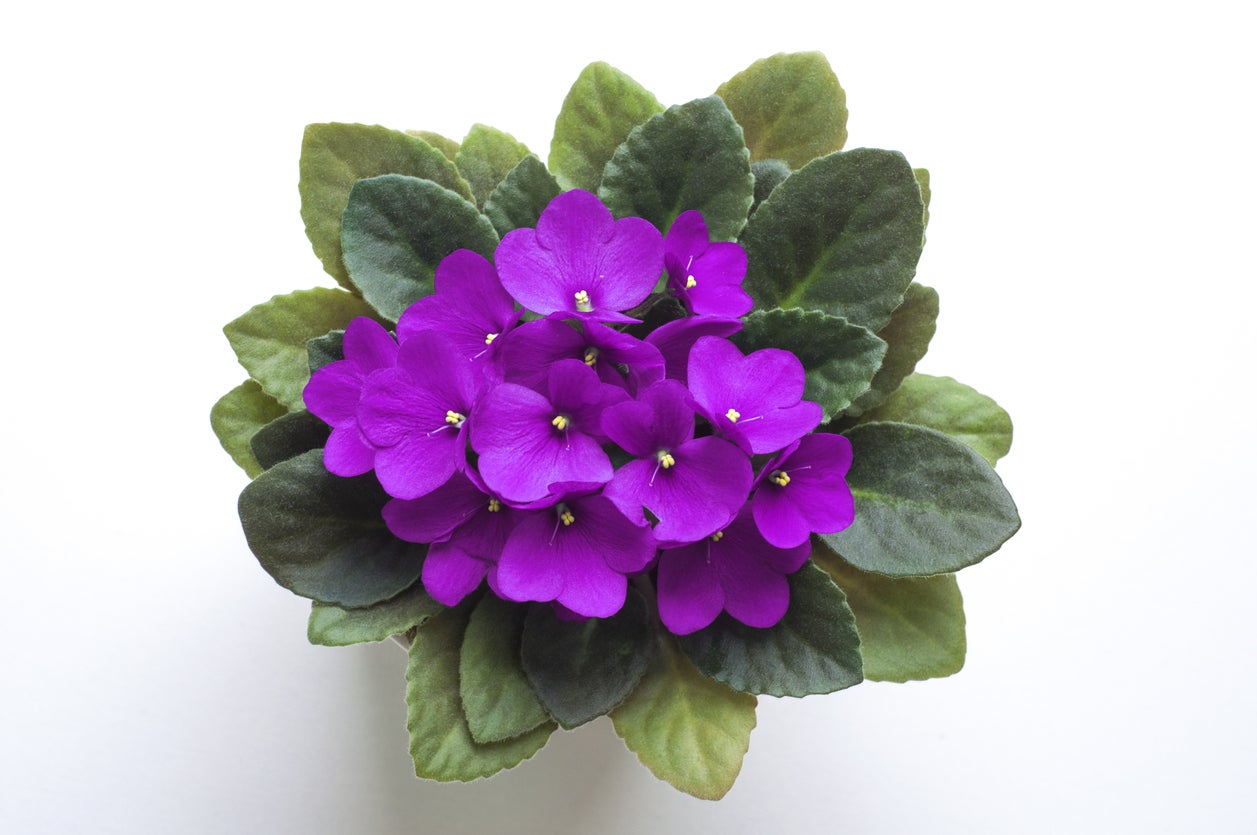 African Violet Flowering Needs: Tips For Getting African Violets To Bloom
African Violet Flowering Needs: Tips For Getting African Violets To BloomMost African violets are sold when flowering. After that, people can have trouble getting them to bloom. What should you do if your African violate won’t flower? Click here for info on African violet flowering needs and tips on how to make African violets bloom again.
By Teo Spengler
-
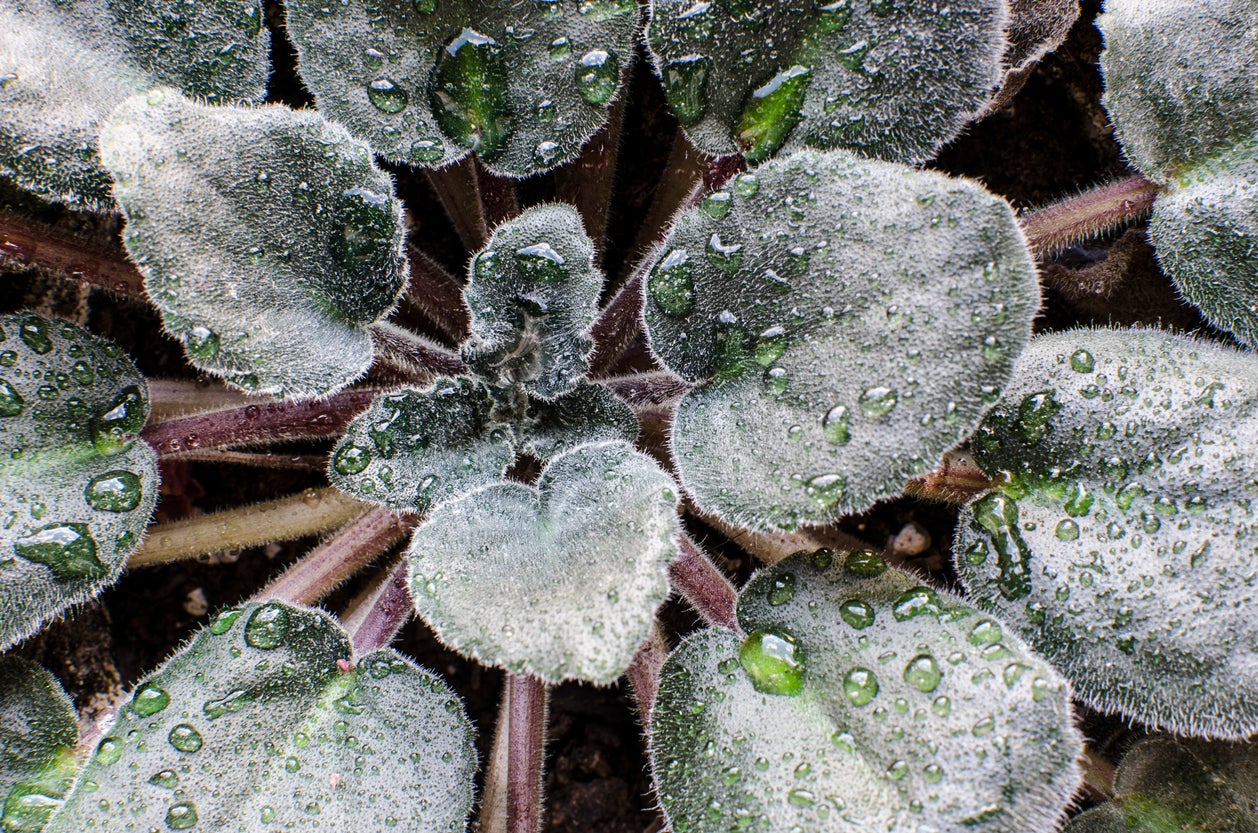 African Violet Watering Guide: How To Water An African Violet Plant
African Violet Watering Guide: How To Water An African Violet PlantWatering African violets isn’t as complicated as you may think. Actually, these charming, old-fashioned plants are surprisingly adaptable and easy to get along with. Wondering how to water an African violet? Click here to learn more about African violet water needs.
By Mary H. Dyer
-
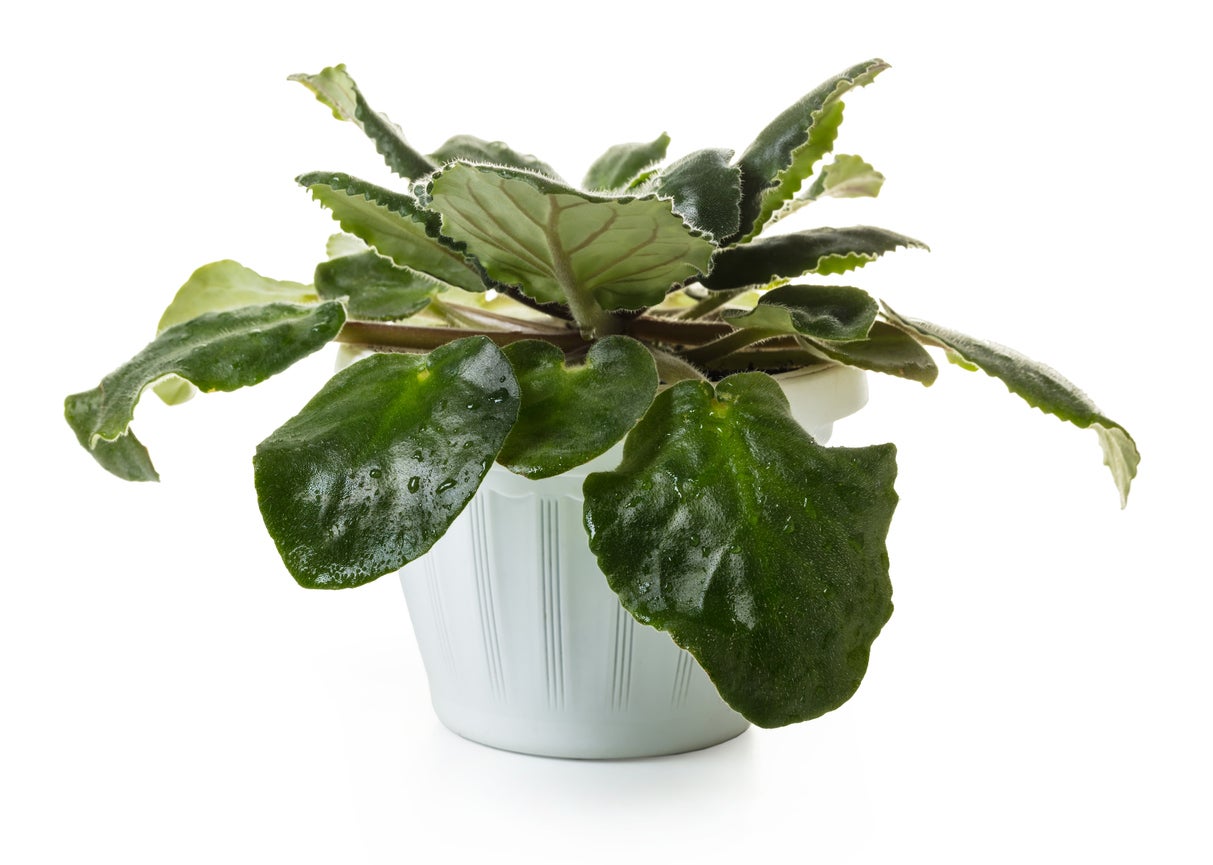 African Violet Leaves Are Curling – What Do Curling African Violet Leaves Mean
African Violet Leaves Are Curling – What Do Curling African Violet Leaves MeanAfrican violets are among the most popular flowering houseplants. But there can be issues with these houseplants. If your African violet leaves are curling, there are a few potential causes and easy solutions. Click this article for more information.
By Mary Ellen Ellis
-
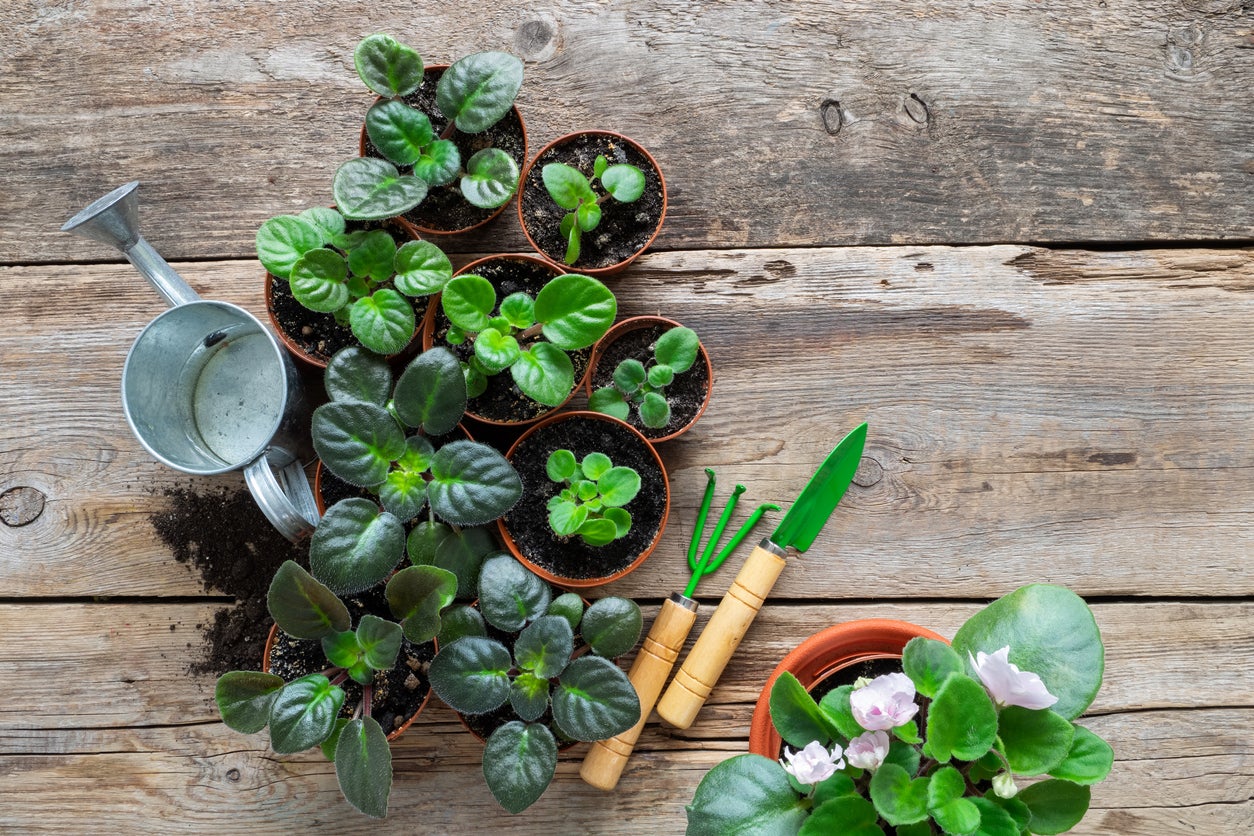 African Violet Repotting – How To Repot African Violets
African Violet Repotting – How To Repot African VioletsAfrican violets can live a long time, as long as 50 years! To get them there, you need to provide good care which includes repotting African violets. The trick is knowing when to repot an African violet and what soil and container size to use. This article will help with that.
By Bonnie L. Grant
-
African Violet Nematode Control: Treating Root Knot Nematodes In African Violet
Nematodes of African violet are tiny worms that infest the roots. They are extremely destructive. For information about African violet root knot nematodes, click this article. We’ll also give you tips on African violet nematode control.
By Teo Spengler
-
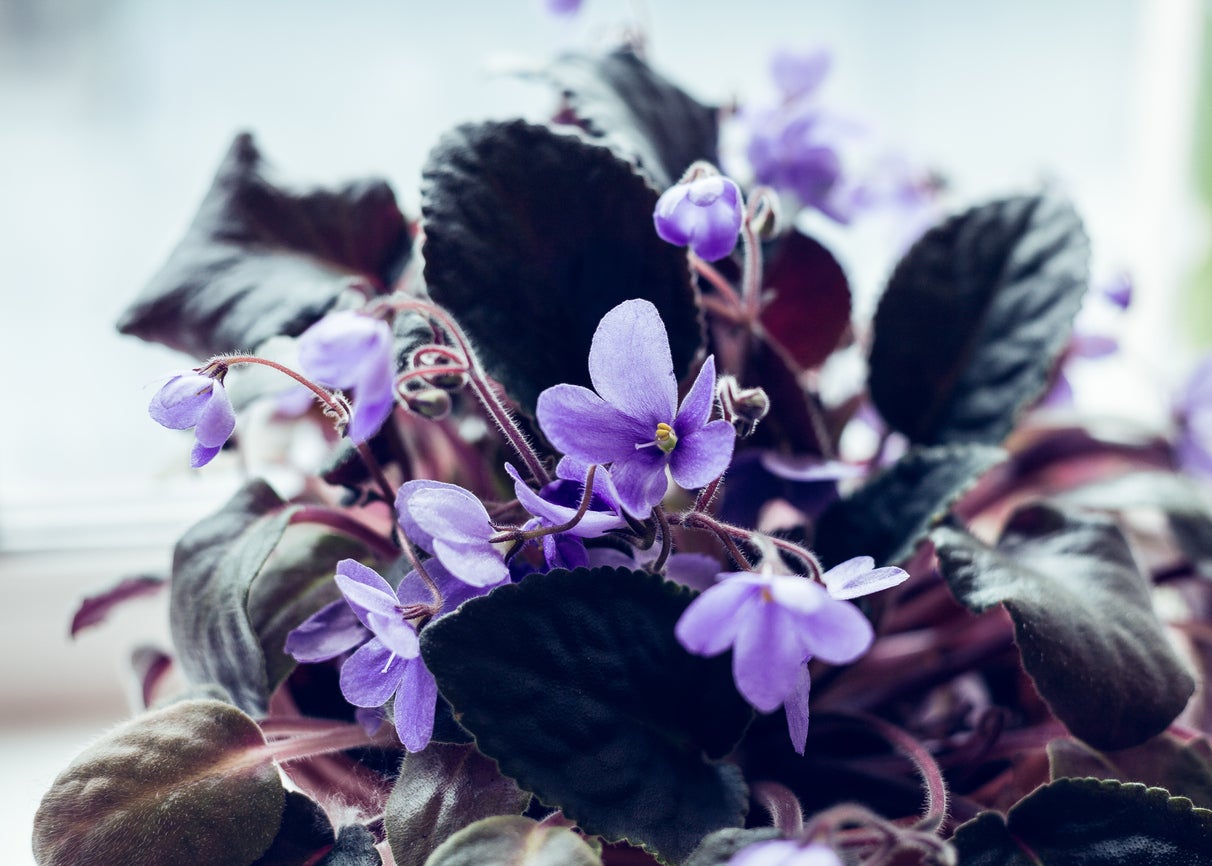 Fertilizing African Violets – Learn How To Feed African Violet Plants
Fertilizing African Violets – Learn How To Feed African Violet PlantsThere are just a few straightforward rules for growing African violets. Water and light needs are two of these, but just as important is how to feed African violet plants. Click on the following article to learn more about African violet feeding.
By Bonnie L. Grant